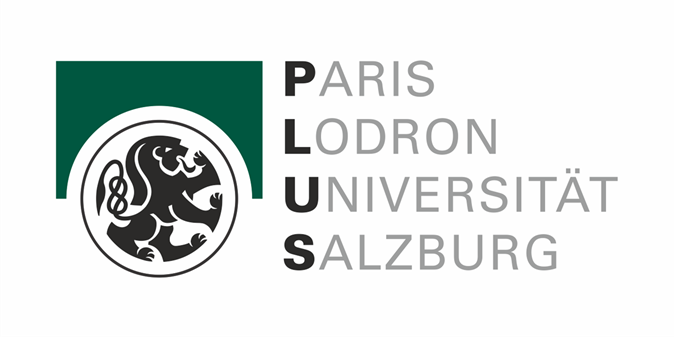אנדרוגינוס
Grammatical information: noun m.
Translation: man (and) woman
Translation equivalent: ἀνδρόγυνος(Post-Classical Greek+)
Usage:
Domain: human life/biology
Socio-cultural norm: code-switching/core borrowing
Normativity: ad-hoc usage
Meaning type: lit.
Frequency: hapax legomenon (with this particular meaning)
Geographic distribution: Coptic; Syriac Aramaic
אמר ר' ירמיה בן לעזר בשעה שברא הקדוש ברוך הוא את אדם הראשון אנדרוגינס1 בראו
1אנדרוגינס - Vat2: אנדרוגינוס V: אנדרוגינוס
8,1 [I 55:3]
“R. Yirmeyah b. Leʿazar said: When the Holy One, blessed be he, created the first man, He created him androgynous ("man-and-woman").”
In legal context (cf. mBik 4,1): a human bearing both male and female sex characteristics. In GenR, however, the word is used in original platonic sense. bEr 18a reads דיו פרצוף 〈dyw prṣwp〉 (= דיופרצוף 〈dywprṣwp〉) instead of androginos. See: דיופרצוף.
How to cite: Art. אנדרוגינוס in: Dictionary of Loanwords in Rabbinic Literature. Eds. . https://lrl.acdh.oeaw.ac.at/androgynos.html. 2024.



